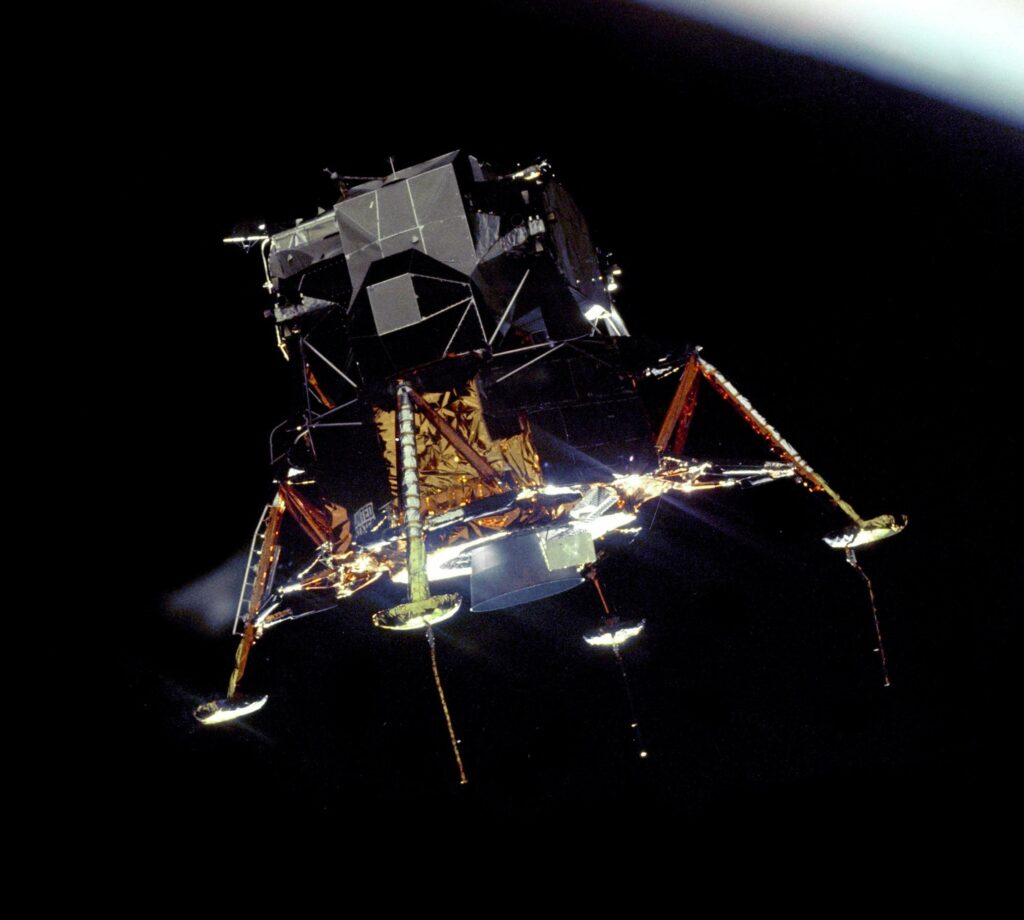NEW DELHI, Aug 18: Chandrayaan-3’s lander module Vikram on Friday shared latest images of the moon after successfully undergoing a deboosting operation that took it closer to its destination.
India’s space agency ISRO shared stunning images taken by the Lander Imager (LI) Camera-1, on X, formerly known as Twitter. The montage of images shows different craters of the moon, one of which is the Giordano Bruno crater, one of the youngest large craters on the moon.
The LI Camera -1 also captured images of the Harkhebi J crater, which has a diameter of approximately 43 km. The pictures were taken after the lander successfully detached from the spacecraft’s propulsion on Thursday.
The Indian Space Research Organisation (ISRO) said the LM successfully underwent a deboosting operation that reduced its orbit to 113 km x 157 km. The space agency plans to carry out the second deboosting operation on August 20. “The second deboosting operation is scheduled for August 20, 2023, around 0200 Hrs. IST,” it said after the first deboosting operation. The lander is expected to touch down on the moon surface on August 23, 2023 at 5.47 p.m.
On August 17 the propulsion module and the lander module successfully separated and embarked on their respective journeys. Friday’s process places the Lander Module in an orbit where Perilune (closest point to the Moon) is 30 kilometres and Apolune (farthest point from the Moon) is 100 km.
The lander will attempt a “soft landing” on the South Polar Region of the moon on August 23, while the propulsion module will continue to orbit around the moon and study the Earth’s atmosphere. It will also accumulate signatures of exoplanets that would qualify for our habitability.
After the lander touches down and the lunar dust settles, ‘Pragyaan’ rover will roll down from the Vikram Lander. Then the lander will take images of the rover and vice-versa. Following the moon landing, the rover will collect data on the composition and geology of the surface of the moon, paving the way for wide-ranging research.
(Manas Dasgupta)

